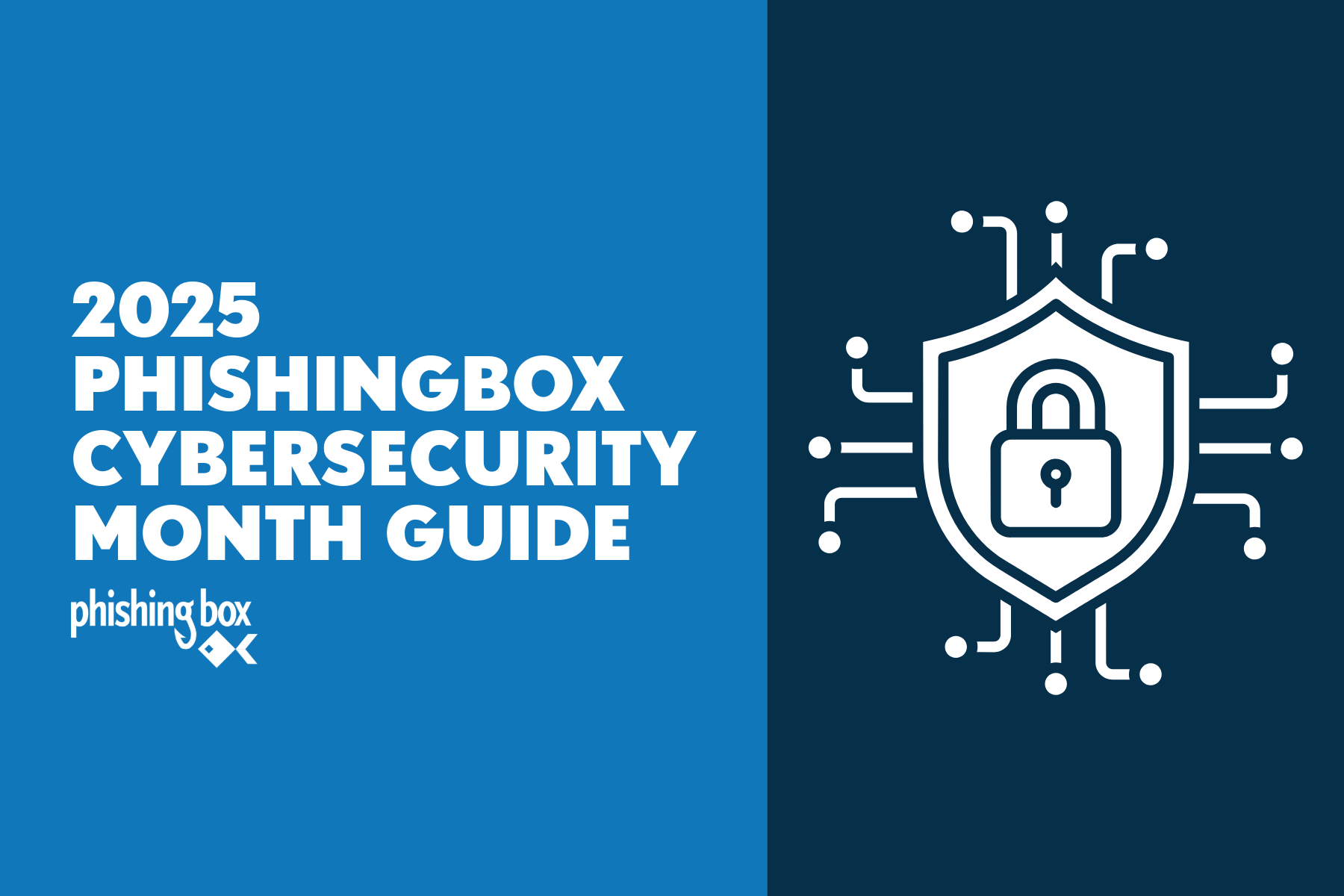Organizations lose billions of dollars annually at the hands of cybercrime. Staying ahead of the latest tools cybercriminals are using to successfully phish unsuspecting targets is critical. Technological advancements allow for the creation of new tools to watch out for, but old technology can be used in new ways to deceptively trick people as well.
While phishing is a decades-old cyber threat vector, it’s increasing in popularity despite increased awareness and the adoption of cybersecurity training by companies and businesses of all types worldwide.
Falling victim to phishing scams is all too common and results in significant damages ranging from financial losses to reputational harm and beyond. Cybercriminals are becoming increasingly sophisticated, or at least increasing the sophistication of their attacks, by deploying innovative tactics designed to trick end users.
A successful phishing attack can install ransomware on a device, monitor keystrokes, or actively ask for authentication credentials via a fraudulent hyperlink.
ChatGPT, a new AI-driven response generator, can create convincing copy material when given the right prompts. This artificially-intelligent language model is being used by hackers and scammers to write clever, well-worded copy, especially when the attackers do not speak the native tongue of their targets.
Even tech-savvy targets have trouble detecting AI-generated copy or a bot interaction.
Continuing to hammer home the importance of regular, consistent cybersecurity awareness training is paramount for all organizations, no matter their industry or size. If organizations fail to properly train staff of the risk associated with opening malicious emails, clicking fraudulent links, or downloading an attachment containing ransomware, they’re leaving the door open for cybercrime to enter freely.
Telegram, the well-used messaging service, has been known to be frequented by cybercriminals to distribute phishing kits and locate cheap, even free, assistance from fellow cybercriminals to create tools for other cybercriminals. Even novice bad actors can find assistance from experienced hackers or cast wide nets to push their simpler programs. While many organizations have cybersecurity systems in place to guard against basic-level attacks with firewalls and checks, even the most intricately created systems can be usurped if a certain person with the right system access makes the wrong moves.
Being aware of the platforms cybercriminals use prevalently is a crucial component of being able to mitigate known threats and stay aware of the latest attack themes as they are openly being shared in certain arenas.
Even the use of HTTPS domains for malicious means is on the rise. For those who think the padlock, green secure link means you’re safe, think again. HTTPS is an encryption protocol to secure web traffic, making it more difficult for cybercriminals to intercept sensitive data shared on these encrypted sites. But what if the cybercriminals are the ones securing an HTTPS domain? By creating fake websites appearing to be legitimate, these bad actors make it that much tougher for users to discern and detect if they are interacting with a fraudulent site.
Doppelganger domains impersonating real sites can be an added layer to this tactic. Take a well-known site like amazon.com for example. If a fraudulent site with malicious intent were created and deployed as amazor.com, had HTTPS, and mimicked the real site’s look, feel, and usability, it could be difficult for a busy user to notice they are not on the legitimate site. If the user attempts to log in or even provides a means of re-authentication for an account-level credit card, the bad actors could now have access to that individual’s authentication credentials to the real site as well as a form of payment.
Think you’re safe on social media to comment in a thread or click a link shared by another account? Wrong. Even sites like Wikipedia are falling victim to being altered by cybercriminals adding malicious links and duping users before being caught.
Viral social media threads and YouTube comment sections are rising in prevalence of use as well. Cybercriminals are using these platforms, and many others, to spread links to malicious websites, bring users to designed landing pages to capture private information, or as a component of larger phishing scams. With large numbers of users on social media sites and YouTube, the law of large numbers comes into play for bad actors and it’s likely a small percentage will still slip up even when the vast majority steer clear of these wide net casts.
Organizations often block access to certain sites for many staffers to further protect and mitigate potential cyber risk. By blocking these sites, the company limits access and availability to mistakenly divulge company information.
If access to these sites is job critical, for marketing and sales teams, social media managers, even accounting to pay advertising invoices, limiting what users can do when logging in and reminding users to always log in via a secure, known means and not through links in email requests, provides added security.
Staying ahead of the curve in the cybercrime world could mean the difference between staying secure and safe and falling victim to a large problem. Updating cybersecurity protocols and systems, developing and evolving an appropriate incident response plan, and training employees and staff to spot, identify, and avoid phishing attacks are all crucial in our digital transformation progression.
In addition to regular cybersecurity training for staff, organizations must do everything they can to protect their networks and cloud-based backups. Implementing the right firewalls, installing intrusion detection and prevention systems, and deploying anti-malware solutions are just a few steps to take no matter the size of the organization. Utilizing two-factor or multi-factor authentication can add an extra layer of security to digital systems and services as well.
Remember, the goal of growing your business or organization must include reducing the risk of falling victim to a well-crafted phishing attack and protecting data, information, and assets at all costs from prying eyes, and hands, of would-be cybercriminals.
For help and additional guidance on how to properly train your staff, set up a customized demonstration with our expert staff today via the request demo button to the right!


